Prof. Dr. Bernhard Wilhelm Roth


30167 Hannover


Research in PhoenixD
My research interests and main motivation lie in the area of optics and photonics as well as their applications in medicine, life sciences, sensing or monitoring.
Coming from the field of atomic and particle physics as well as quantum optics and precision metrology I strive to translate fundamental research in optics and photonics into applications and to develop novel functionalities or measurement systems relying on the unique and, in particular, the quantum properties of the light. These enable to use light as both a highly precise tool for light-matter interaction and manipulation as well as for accurate characterization and testing.
In order to achieve these goals, I am also involved in developing new, hybrid tools for numerical modeling and simulation of light-matter interactions as firm basis for the complex processes studied in the life sciences on one side and the realization of polymer-based sensor arrays and networks enabling cost-efficient, and yet precise and reliable light-based measurement and imaging devices for every-day use on the other side. Within the Cluster of Excellence PhoenixD – Photonics, Optics, and Engineering - Innovation Across Disciplines (German Research Foundation, DFG) of Leibniz University Hannover I investigate and validate new technologies for integrated optics and photonics production and application, e.g. for environmental analytics, point-of-care testing or production monitoring. Within this endeavor, techniques for additive and subtractive manufacturing and UV nanoimprint replication of micro- and nanooptics are combined in a closed feedback-loop production chain to enable error-free manufacturing of future precision optics and measurement systems.
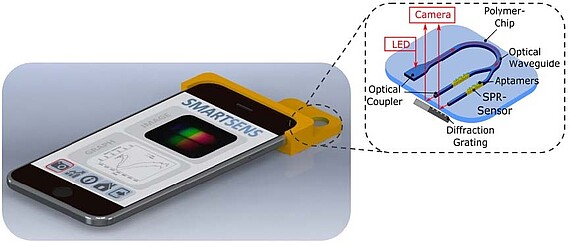
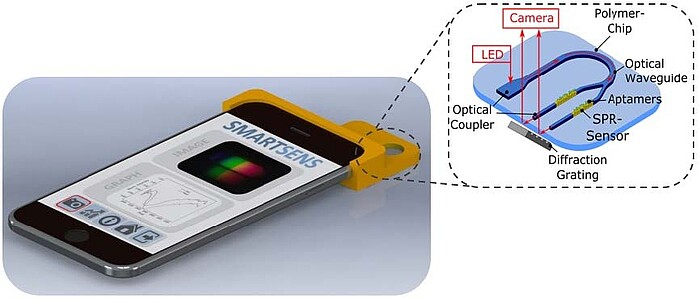
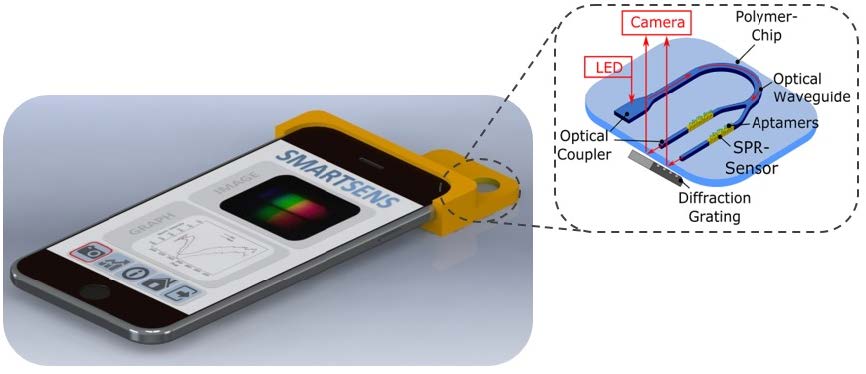 ©
HOT
©
HOT
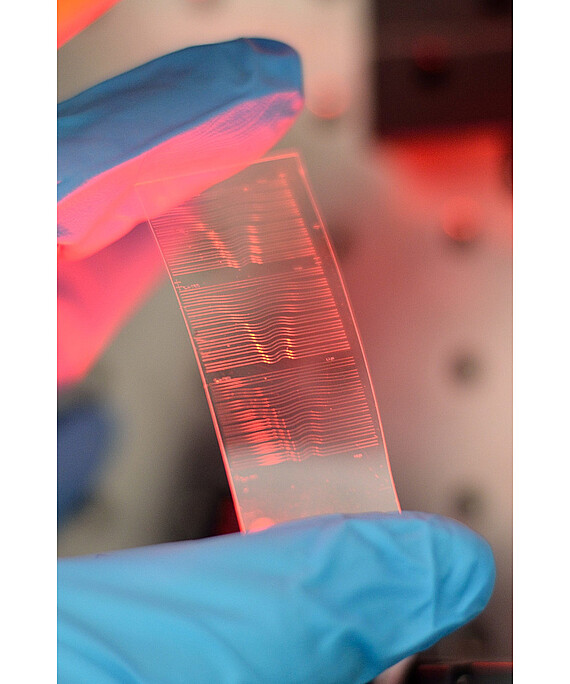
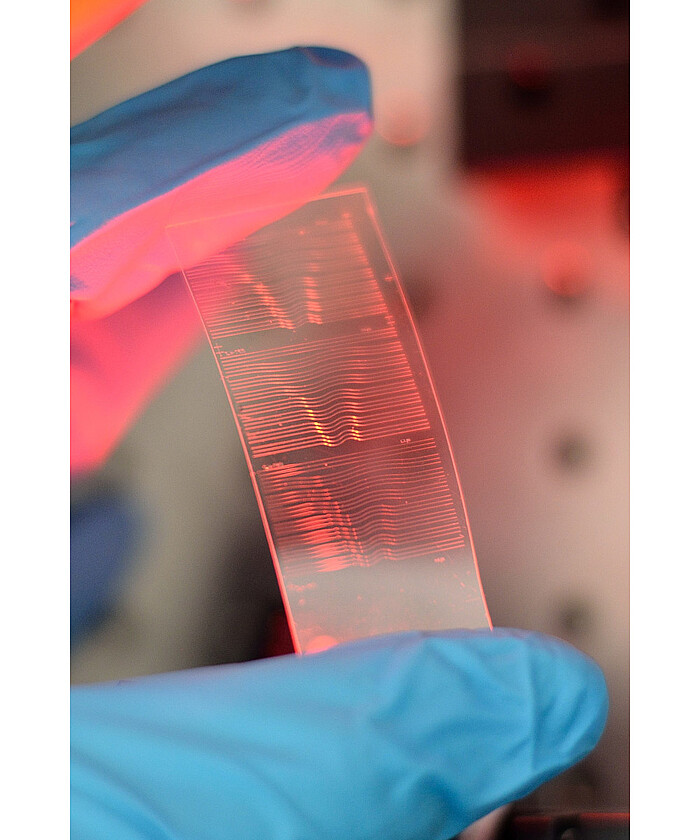
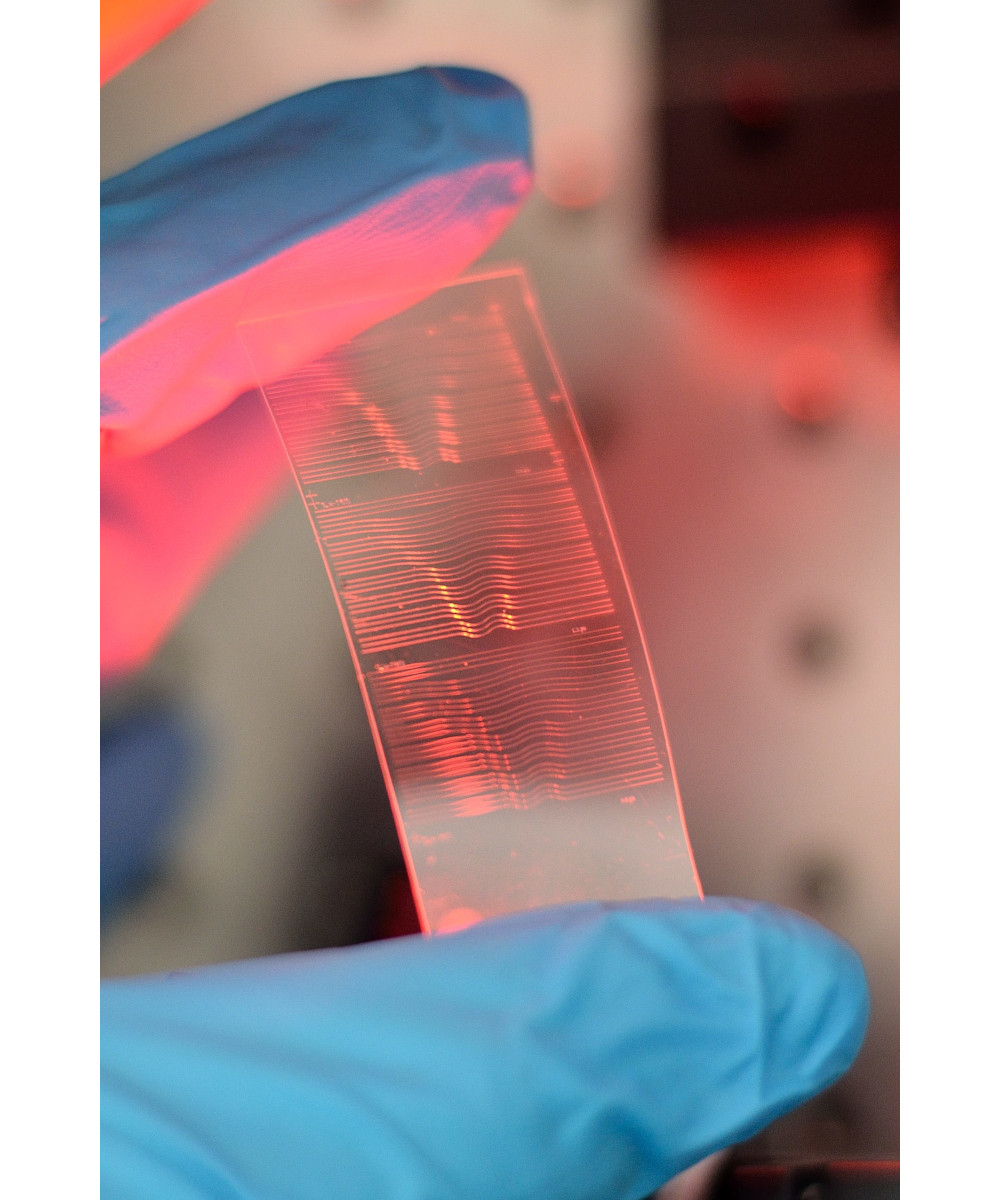 ©
HOT
©
HOT


